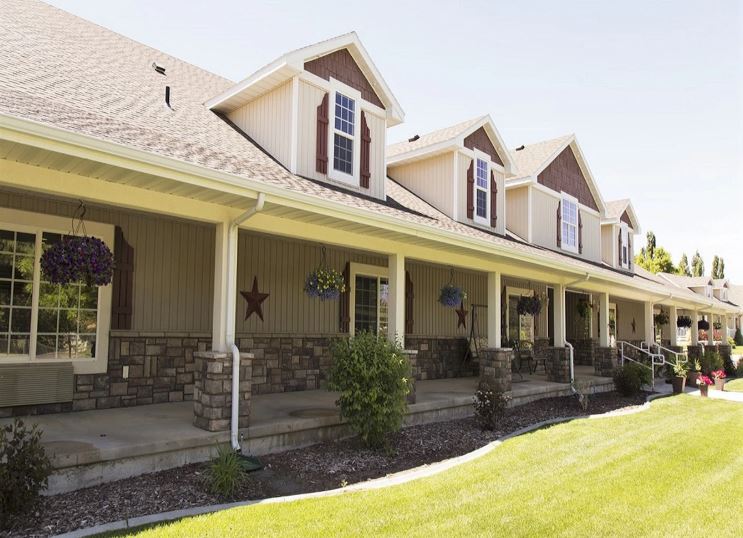Demystifying Assisted Living and What You Need to Know
As individuals or families navigate the evolving landscape of senior living, one option that frequently arises is assisted living. For those approaching this decision for the first time, it can be a somewhat mysterious concept.
What exactly is assisted living, and how does it differ from other types of senior care? Let’s delve into the key aspects to demystify assisted living and provide a clearer understanding for families and soon-to-be seniors.
Contents [hide]
Understanding Assisted Living
Before doing any arranging or moving in, it’s vital that we know what is assisted living and what it entails for seniors. Assisted living is a type of residential housing that bridges the gap between independent living and nursing homes. It is designed for seniors or individuals with disabilities who value their independence but require assistance with certain activities of daily living. These activities may include bathing, dressing, meal preparation, medication management, and more.
One of the core principles of assisted living is to provide a supportive environment that encourages independence. Residents typically have their own private living spaces, fostering a sense of autonomy while knowing that help is readily available when needed. The aim is to strike a balance between maintaining individual freedom and ensuring the safety and well-being of the residents.
The Benefits of Assisted Living
Personalized Care: Assisted living facilities tailor their services to meet the unique needs of each resident. This personalized approach ensures that individuals receive the assistance required without compromising their sense of identity or freedom.
- Social Engagement: Loneliness can be a significant concern for seniors, leading to various health issues. Assisted living facilities often provide a vibrant social environment with planned activities, outings, and communal spaces, promoting social interaction and mental stimulation.
- Safety and Security: Assisted living facilities are designed with the safety of residents in mind. Emergency response systems, trained staff, and secure environments contribute to the overall well-being of residents.
- Health and Wellness Services: Many assisted living communities offer health and wellness services, including on-site medical staff, fitness programs, and access to healthcare resources. This proactive approach to health care can contribute to a higher quality of life.
Making the Transition
If you or a loved one are considering assisted living, the transition can be smoother with careful planning and open communication. Here are some key points to consider:
- Assessment of Needs: Before choosing an assisted living facility, conduct a thorough assessment of the individual’s needs. Consider the level of assistance required, preferred location, and amenities that are essential.
- Touring Facilities: Schedule visits to different assisted living communities. This allows you to see firsthand the living conditions, amenities, and atmosphere. Take note of the cleanliness, friendliness of staff, and overall ambiance.
- Financial Planning: Understand the costs associated with assisted living, including fees for services and any additional charges. Explore financial options, such as long-term care insurance, to ensure that the chosen facility aligns with your budget.
- Open Communication: Discuss the decision with all involved family members. Open communication ensures that everyone’s concerns and preferences are considered, fostering a collaborative approach to this significant life transition.
Special Needs Considerations
For families with individuals having special needs, selecting the right assisted living facility involves an additional layer of consideration. Ensure that the chosen facility has experience and resources to cater to specific requirements, whether they involve mobility challenges, cognitive impairments, or medical conditions.
Inquire about specialized staff training and adaptive technologies in place. Collaborate closely with the facility staff to create a personalized care plan that addresses these unique needs. Assisted living communities with a commitment to inclusivity and adaptability can provide a supportive environment, fostering a sense of belonging and ensuring the well-being of individuals with special needs.
Conclusion
Demystifying assisted living involves recognizing it as a positive and empowering option for seniors and individuals with specific care needs. By understanding the benefits, addressing common concerns, and actively participating in the decision-making process, families and soon-to-be seniors can navigate this transition with confidence. Assisted living, when chosen thoughtfully, offers a fulfilling and supportive environment that promotes both independence and well-being.




